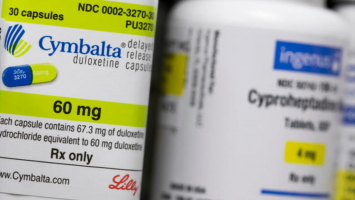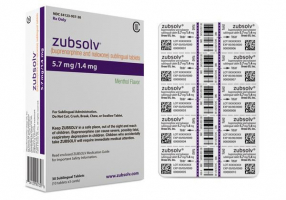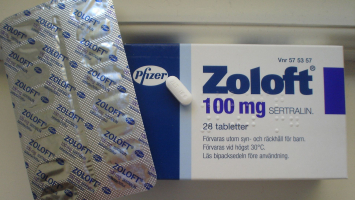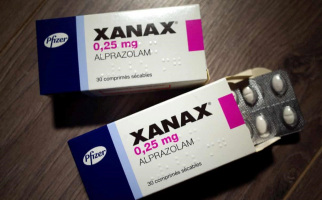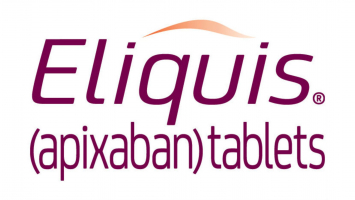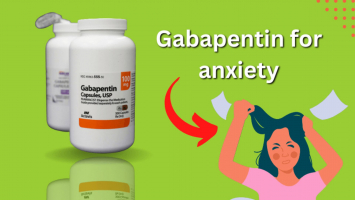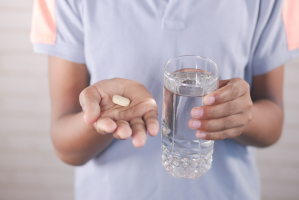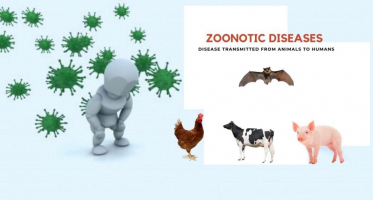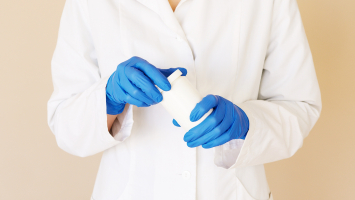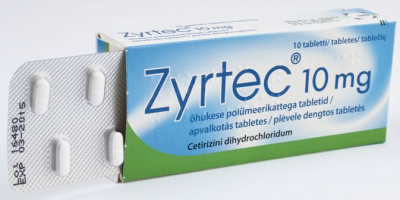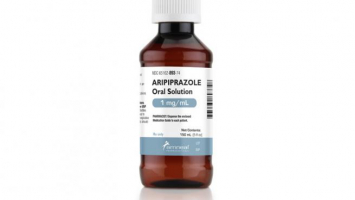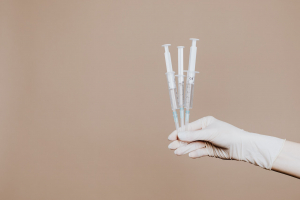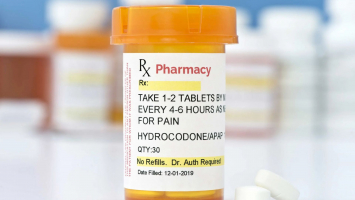Top 5 Things to Know About Acetaminophen
One of the most often used active medicine ingredients is acetaminophen, which is pronounced as "a SEET a MIN oh fen" and is the main component of TYLENOL ... read more...drugs. Both prescription and over-the-counter (OTC) medications include it. It is believed to reduce minor aches and pains by raising the body's overall pain threshold so you experience less pain. It also supposedly decreases fever by assisting the body in releasing extra heat. And here are things to know about Acetaminophen.
-
Acetaminophen is a non-opioid analgesic, which is a family of medications used to relieve mild to severe pain. These include aspirin, ibuprofen, and acetaminophen. Ewan McNicol, an assistant professor of anesthesiology at Tufts University, claims that non-opioid analgesics inhibit the COX enzyme, also known as cyclooxygenase. When your cells are damaged, COX aids in the body's production of fatty substances called prostaglandins that cause pain and inflammation. Therefore, inhibiting this enzyme aids in preventing the discomfort that prostaglandins cause.
The peripheral nervous system, or the nerves outside of your brain and spinal cord, is where the majority of non-opioid analgesics act as analgesics. However, researchers think that acetaminophen predominantly affects the central nervous system by targeting COX-3, a slightly different type of the COX enzyme.
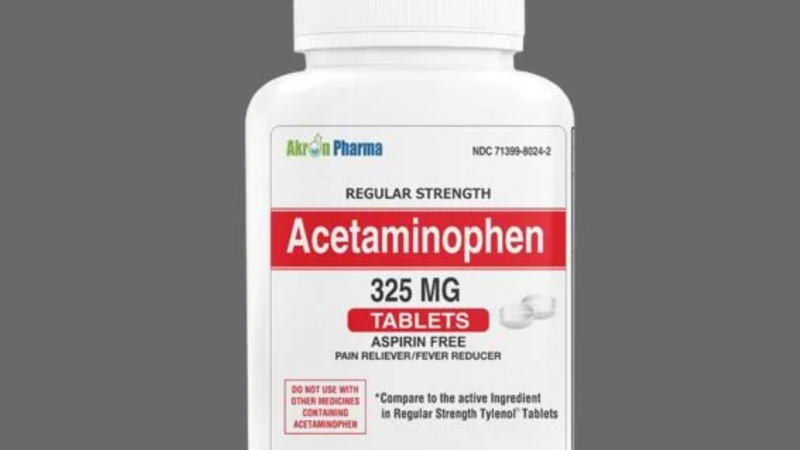
Photo: GoodRx 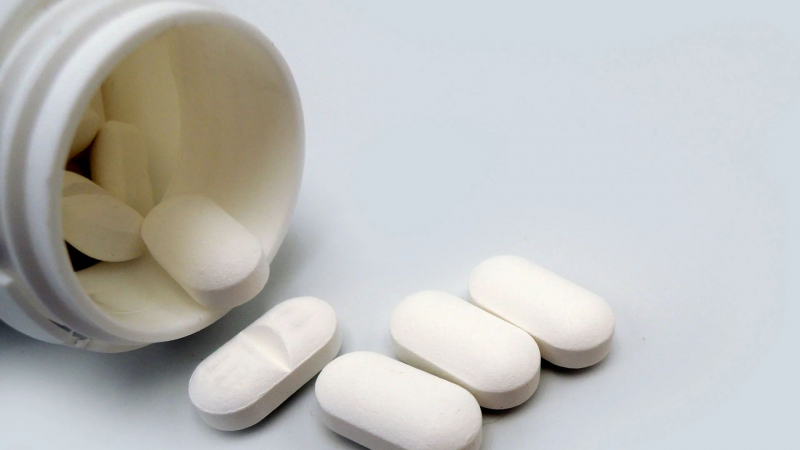
Photo: Tufts Now -
The next thing to know about Acetaminophen is that many other substances include acetaminophen. Although acetaminophen is most often known as the active ingredient in Tylenol, it is also present in a variety of other over-the-counter medications, including several Excedrin, Robitussin, and Sudafed products. Additionally, It is a typical fever reducer and painkiller. It is one of the most widely used active drug ingredients in the United States and is present in more than 500 OTC and prescription medications. Even if you are unfamiliar with the term "acetaminophen," you are likely familiar with certain well-known brands that include it, including Tylenol, Nyquil, Dayquil, Percocet, and Vicodin.
Read the drug label or the list of ingredients in the patient information leaflet that came with your prescription to determine whether your drugs include acetaminophen. Look for the words "acetaminophen" or the letters "APAP," which are a sometimes-used abbreviation for the medication.
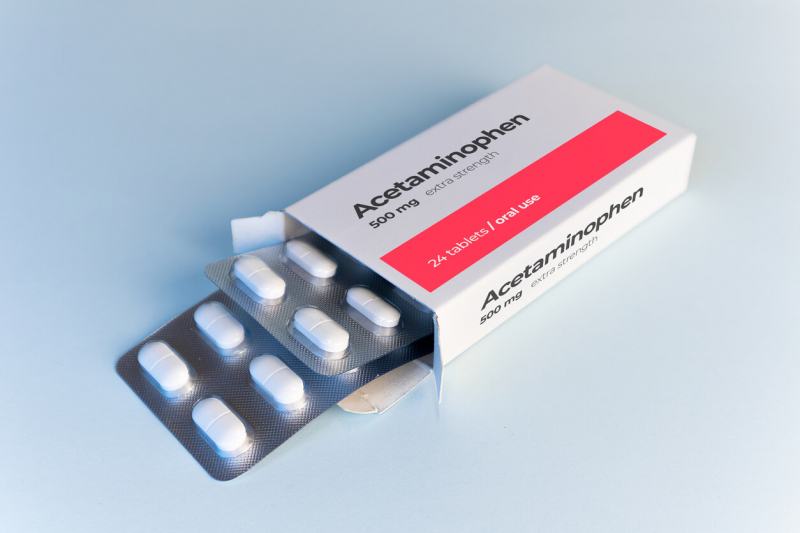
Photo: Drugwatch 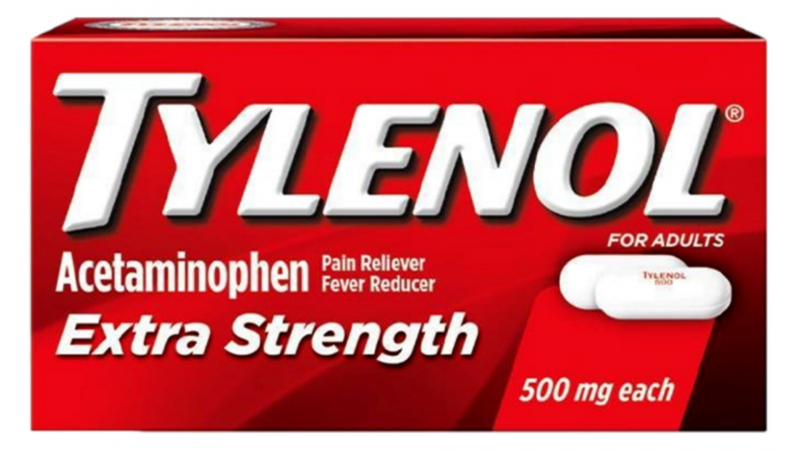
Photo: Tylenol -
The FDA has established a 4,000 mg daily maximum for adults. Contrary to popular belief, it's far simpler to exceed this dosage—one Extra Strength Tylenol gel pill, for instance, carries 500mg. Acetaminophen overdose can cause liver failure or even death. According to the National Institutes of Health, overdoses of the popular pain reliever are among the most frequent poisonings in the world. The cause of hepatotoxicity when using Acetaminophen overdose is because when the drug is taken orally, the drug will be absorbed into the blood and metabolized by the liver in many forms, of which about 4% is converted into N-acetyl benzoquinoneimine - a harmful substance. for the liver. Therefore, the amount of Acetaminophen is too large, leading to a lack of glutathione to respond, causing toxic substances in the liver to accumulate, causing harm to the liver. Acetaminophen is also recommended for pregnant women, if used in excess, it can be dangerous to the fetus because this drug can penetrate through the placenta. In the case of the elderly, if using the drug for a long time, it may cause fatigue because Acetaminophen loses hemoglobin carrying oxygen in the blood. In addition, a study by the US Food and Drug Administration (FDA) said that the use of Acetaminophen can cause some harmful complications for the skin such as peeling, epidermal necrosis.
The FDA updated its labeling guidelines for medication makers in April 2009. Acetaminophen must be clearly identified as the active component on any product's display panel, and customers must be alerted to the risk of liver poisoning. The FDA advises consumers to take acetaminophen-containing medications only as directed and to refrain from consuming more than one acetaminophen product at a time.

Photo: Healthline 
Photo: New York Post -
Acetaminophen is not the most effective remedy for a hangover is another thing to know about Acetaminophen. After a night out, most of us have taken some painkillers to prevent a hangover. But according to specialists, you should be cautious when opening the medication cabinet, especially if you're a heavy drinker who drinks frequently. Even minor levels of alcohol consumption while taking acetaminophen can raise your chance of developing liver or kidney problems. The liver is the primary site of acetaminophen metabolism. Here, it is converted into harmless chemicals that are excreted by urination. But for the liver to do it, it needs a substance called glutathione. The medicine may be converted into a more harmful compound if your glutathione levels are low, which can be brought on by continuous drinking, a poor diet, or fasting, according to the National Institutes of Health.
One NIH study on alcohol and metabolism states that consuming just four or five extra-strength tablets throughout the day may cause liver damage. Another study found that drinking a little to a little bit of alcohol while taking the prescribed dose of acetaminophen increased the risk of renal disease by 123%. According to the FDA, some symptoms like loss of appetite and nausea can be mistaken for the illness, so you might not immediately notice indicators of liver damage (or that hangover). Call your doctor right away if you think you could be in danger.
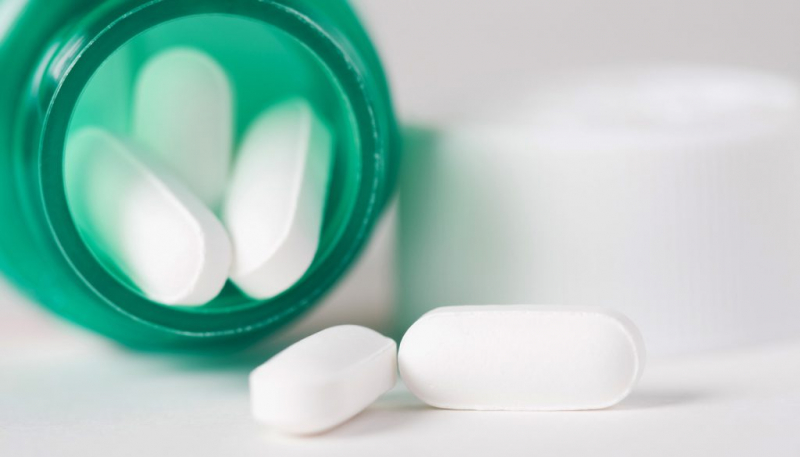
Photo: Association for Psychological Science 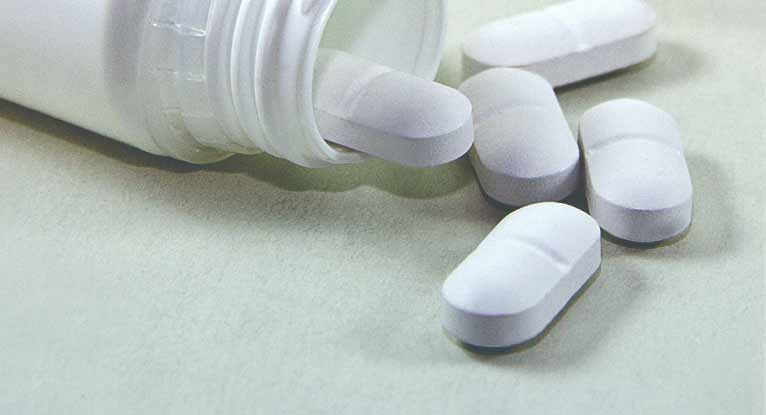
Photo: Healthline -
Acetaminophen can be used by kids to treat pain or fever, but parents should carefully read medicine labels to prevent dose mistakes. According to the NIH website, the "directions" portion of the label will tell you whether the medication is appropriate for your child and how much to give (PDF). "Ask your pharmacist or doctor what to do if a dose for your child's weight or age is not indicated on the label or you can't identify how much to give." The concentration of liquid acetaminophen for children and newborns is now the same: 160 mg/5 mL. As acetaminophen products for infants are typically packed with an oral syringe rather than a dropper, it follows that infants require less of it.
Some tips for giving children acetaminophen are never give a child more than one medicine that contains the active ingredient acetaminophen. To determine if a medication contains acetaminophen, look for the name “acetaminophen” or “paracetamol” in the “Active ingredients” section of the drug information label. Choose the right OTC medication based on your child's weight and age. The instructions on the Drug Information label will tell parents if the medicine is right for their child and how much to do. If the child's weight or age is not listed on the label or the label does not provide dosage information, parents should ask the pharmacist or doctor directly. Pay attention to the treatment recommendations in the manufacturer's instructions or the prescribed information from your doctor. Take your child to the doctor to be checked and receive a more appropriate course of treatment if the fever or pain do not go away. Never utilize medication outside of the recommended dosage or additional dosage days. Use the measurement tool that was provided with the product for liquid dosage (such as syrup). Never use a teaspoon or a kitchen spoon (unless specifically instructed).
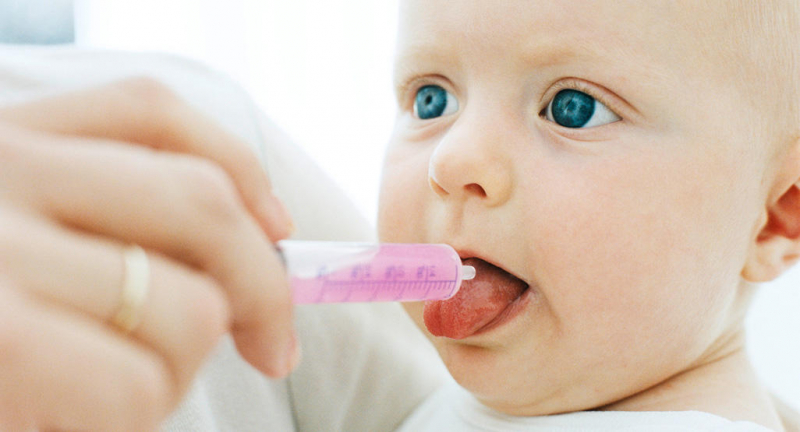
Photo: BabyCenter 
Photo: GoodRx










